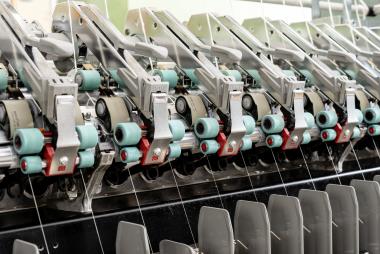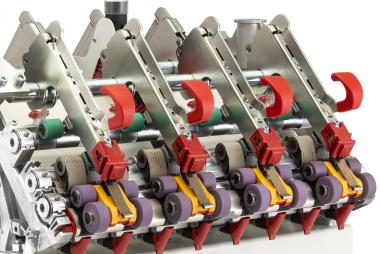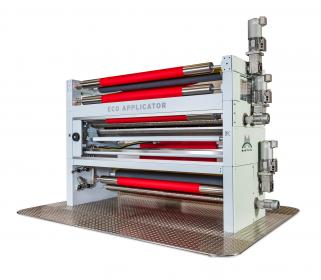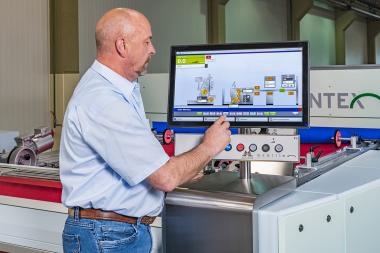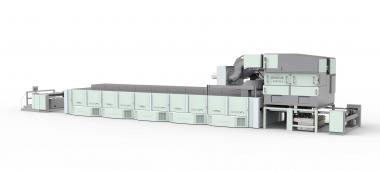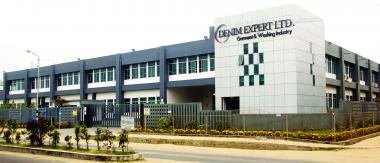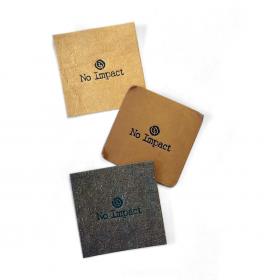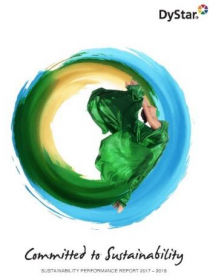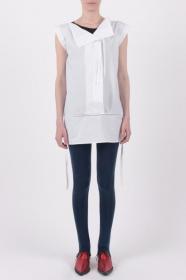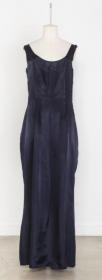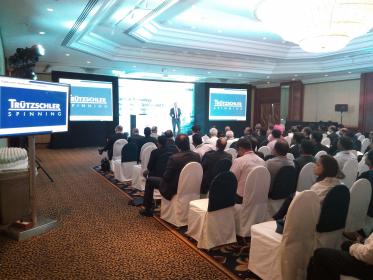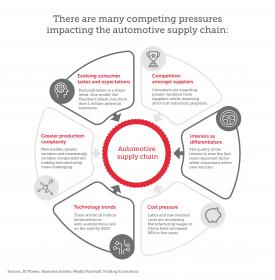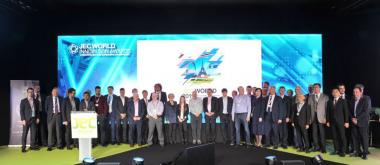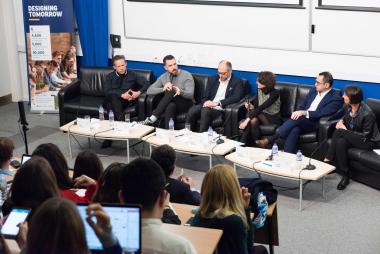Suessen at ShanghaiTex 2019
Suessen presents the new compacting devices for high flexibility, new weighting arms and premium rotor spinning components for excellent yarn quality.
COMPACTeasy is the new mechanical compacting device available as a plugon/ plug-off unit for any ring spinning machine type and suitable for most common applications like cotton, man-made fibers and blends. COMPACTeasy is the solution in compacting without additional energy requirement.
New EliTe is a versatile compact-spinning system with new innovative components. The customers profit from higher productivity, better quality and lower operational costs. Upgrade packages and spare parts packages enable the customers to benefit also on existing installations.
The new Top Weighting Arm HP 4080 for roving frames offers a new design for easy settings and improved stability. In addition, consistent yarn quality over the lifetime is guaranteed.


